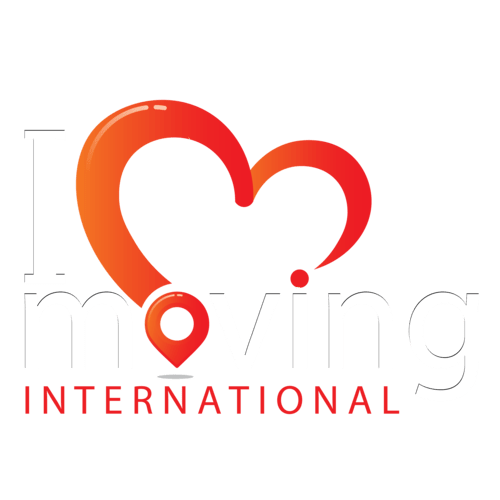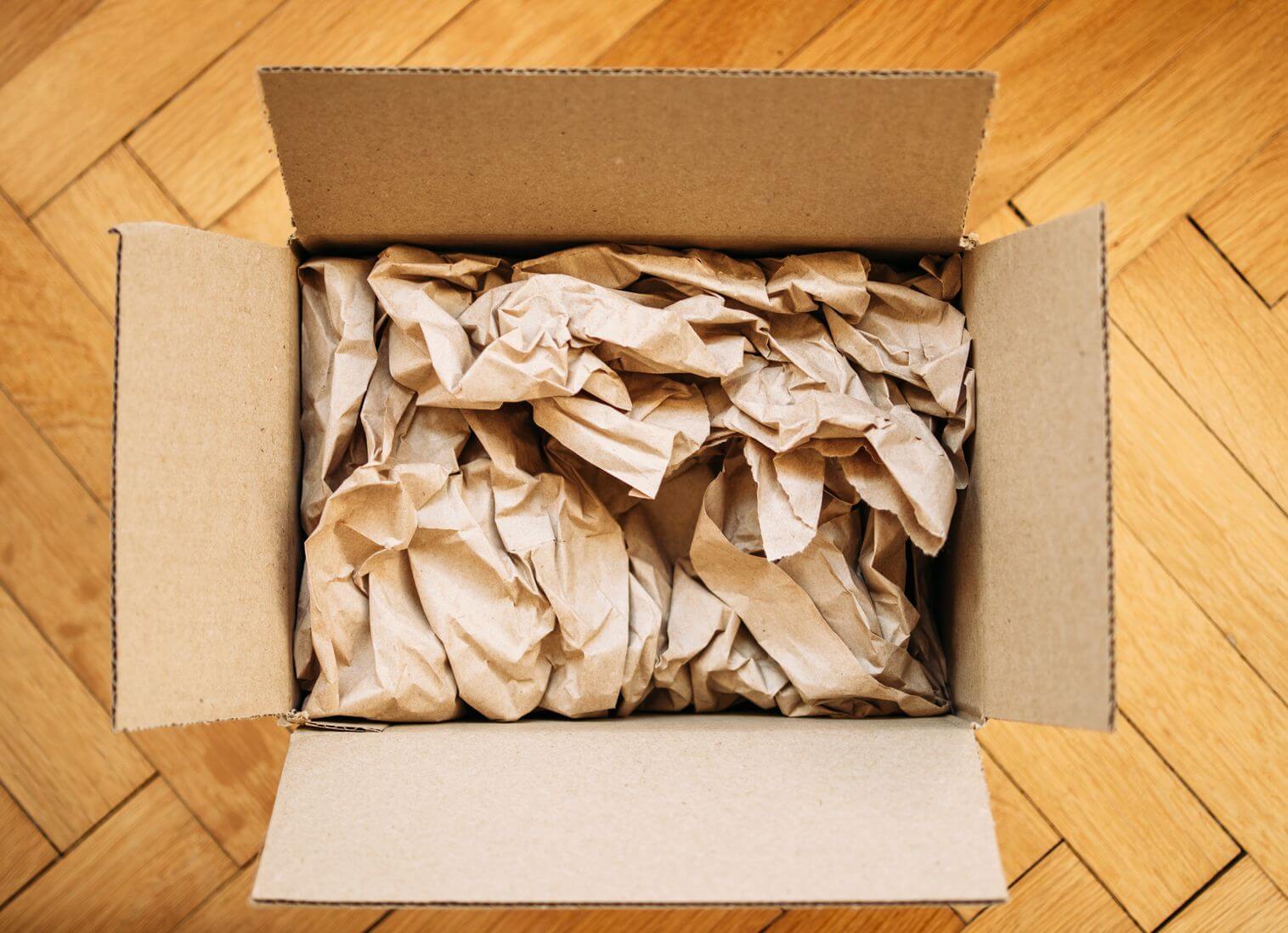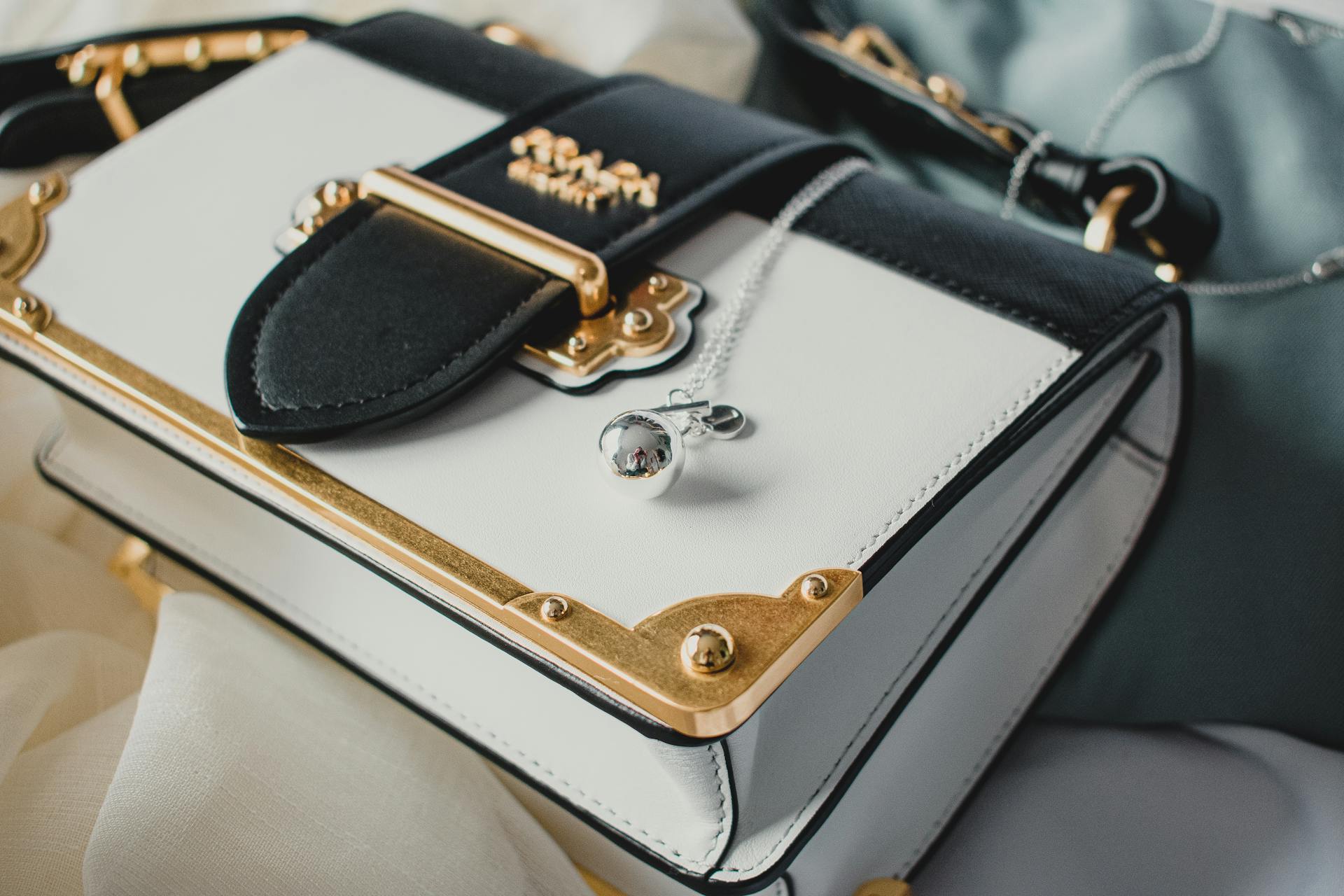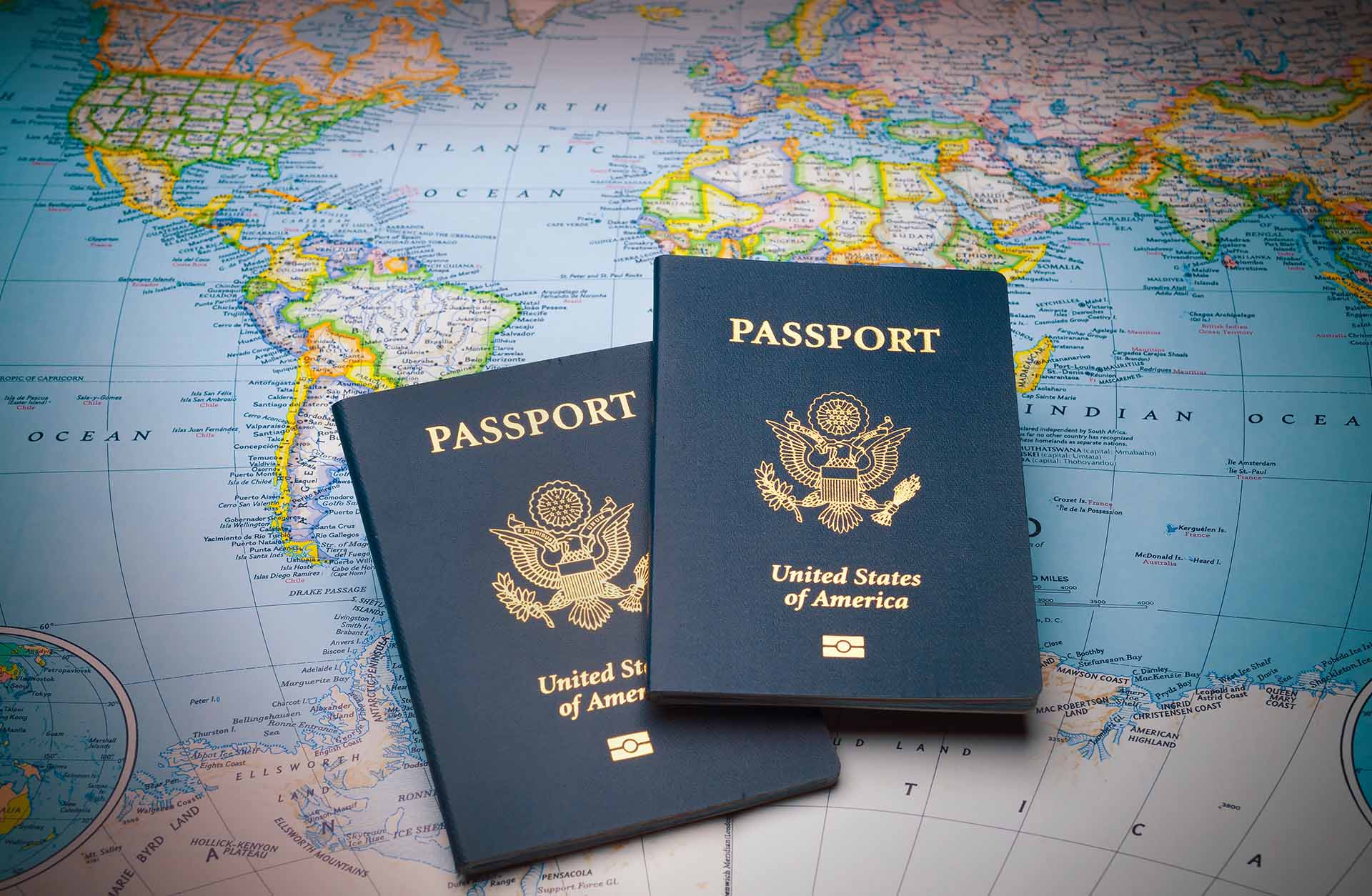Relocating across the globe is a complex process that requires careful planning and preparation. This means you should organize the wrapping process and explore the best practices for using packing paper for moving. It will ensure you’ll effectively protect various items and make the relocation smooth. Let’s check out some top-notch tops and relocate easily.
Select the appropriate type of paper for different items, such as wrapping for delicate glassware and packing tissue for small, fragile objects. Set up an organized packing station with all necessary materials, wrap each item individually, and fill gaps in boxes with crumpled material to prevent movement. Avoid overpacking boxes to reduce the risk of damage and clearly label each box with its contents and destination room.
Packing Paper for Moving – Understand How This Material Can Help
Packing paper, often referred to as wrapping paper for moving, is a type of soft, pliable material designed specifically for wrapping and protecting items during relocation. It comes in various forms, each serving a distinct purpose. So, it doesn’t matter if you’re protecting large or small objects, this wrapping material will be your best friend.
Wrapping paper is generally made from newsprint without the ink, ensuring it is clean and free of residues that could stain belongings. It is versatile, recyclable, and an eco-friendly option compared to plastic-based materials.
Why Use Packing Paper?
In 2022, 415 million tons of paper and paperboard were consumed worldwide. The packaging type has the biggest share, reaching production of 265 million metric tons. So, when you’re moving abroad, wrapping paper is an indispensable material. It offers several significant benefits when packing to move:
- Protection – It’s a protective layer around the items, preventing scratches, chips, and breaks during transit. It is particularly effective for delicate items such as glassware, ceramics, and electronics.
- Versatility – It can be used to wrap a wide range of items, from small trinkets to larger household goods. It can also be crumpled and used as cushioning material within boxes.
- Cost-effective – Compared to other materials like bubble wrap or foam peanuts, paper is generally more affordable, making it a budget-friendly option for protecting belongings.
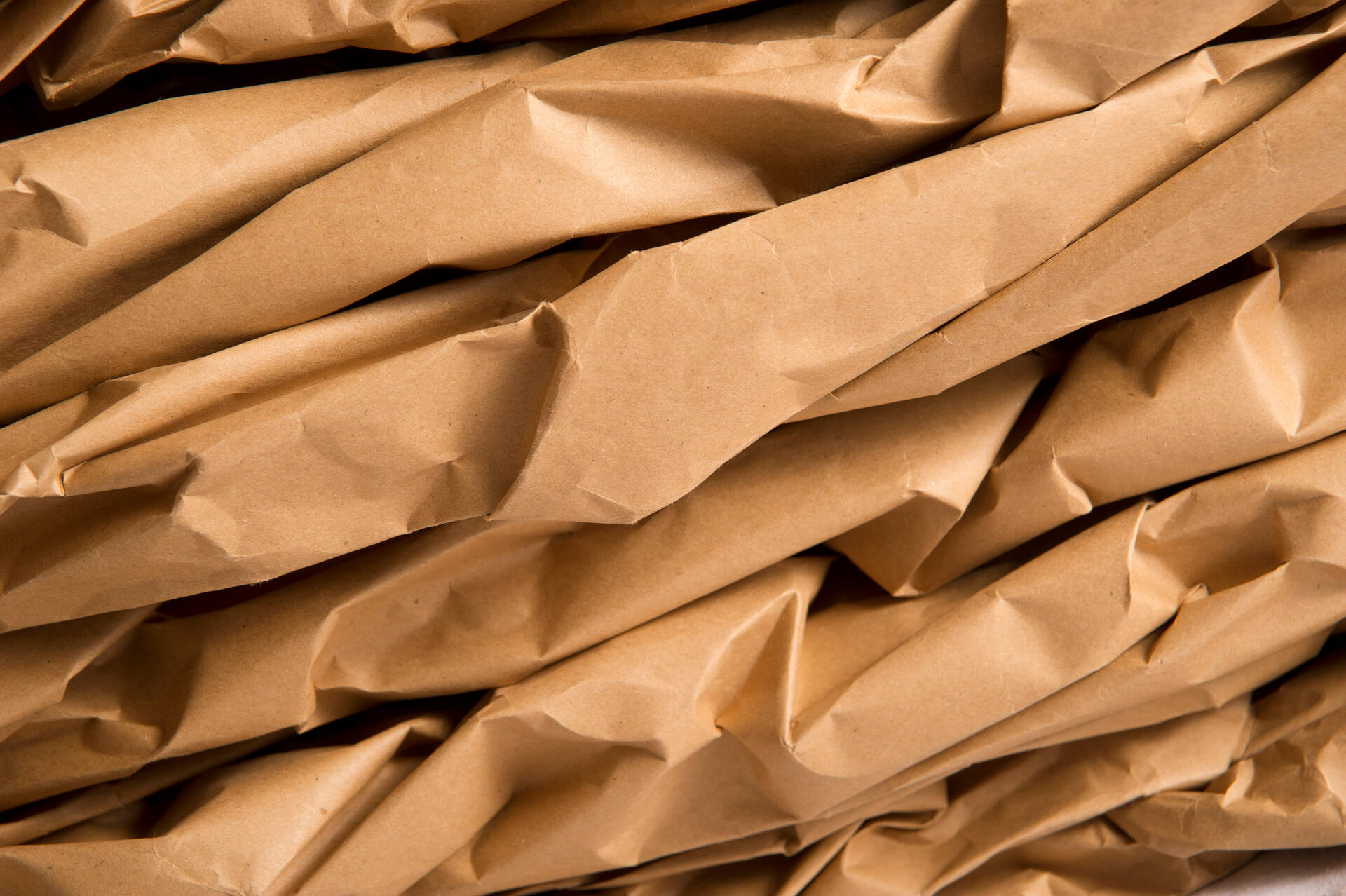
Where to Get Packing Paper?
Using different wrapping materials will always provide better protection. When it comes to packing paper, it’s one of the most used protections, but knowing exactly where to find it can save you time and money, ensuring you have the right materials on hand when you need them. Here are some reliable sources.
Check Out the Local Retailers
Many local retailers and office supply stores stock packing paper. These stores typically offer a variety of options. You can often find it in the moving supplies section, alongside boxes, tape, and other essential materials.
Navigate the Online Stores
Online platforms like Amazon, eBay, and specialized moving supply websites offer a wide selection of wrapping papers. Shopping online provides the convenience of browsing different types of paper from the comfort of your home. You can compare prices, read customer reviews, and have the materials delivered directly to your door. This is especially convenient for those asking, “Where can I buy packing paper?”
If you want to be more green, check out some recycling sites like Freecycle. However, keep in mind these materials have been used before and might not provide as much protection as the new ones would. This being said, reach out to family and friends who have moved recently. Maybe they have some unused or in good condition materials, too.

How Much Material Is Enough?
Preparing the boxing-up schedule is a must if you want to be time efficient.
This means you’ll have to decide what to bring with you and what will be left behind. That way, you’ll make an estimate of the required protective materials.
When it comes to this material, determine the kind and number of the products you will be wrapping first. It is generally recommended to allocate approximately 10–20 sheets of paper for each medium-sized package.
Larger or more delicate things, however, could need more. It’s better to have a bit more than too little, so think about investing a little extra. Reuse resources for similar things or recycle them after the relocation to reduce waste.

How to Use Packing Paper When Moving Internationally?
Mastering the wrapping process means mastering the use of packing paper. In fact, this step is crucial when preparing for an international move. Proper techniques ensure that your belongings are protected from the rigors of overseas shipping. With top-notch methods on your hands, you can safeguard possessions, making the international move easier and more efficient.
Preparing Wrapping Station
Before you start packing, it’s essential to set up a designated station. This area should be well-organized and equipped with all the necessary materials, including boxes, tape, markers, and labels. A clear and organized workspace will help streamline the moving day and help you prepare for international movers by reducing the risk of misplacing items or materials.
Wrapping Dishes and Glassware
When relocating overseas, dishes and glassware require special attention. Here’s a step-by-step guide on how to use paper for packing dishes effectively:
- Layer the bottom – Begin by lining the bottom of the box with crumpled material to create a cushioning layer. This initial layer will help absorb any shocks during transit.
- Wrap individually – Wrap each dish and glass individually in tissue or glass wrapping paper. Start by placing the item in the center of a sheet of material, then fold the corners over the item, securing it with tape if necessary.
- Pack vertically – Place wrapped items vertically in the box, as this reduces the risk of breakage. Horizontal placing can cause pressure points that may lead to cracks or chips.
- Fill gaps – Fill any gaps in the box with crumpled wrapping material to prevent movement during shipping overseas. Ensuring that items are snugly packed will minimize the chances of damage.
Protecting Fragile Items
Fragile items such as vases, ornaments, and electronics need extra care. Use paper to wrap each item thoroughly, and consider double-wrapping for added protection. For particularly delicate items, use a combination of tissue and bubble wrap to provide maximum cushioning.
Label the boxes as “Fragile” and ensure they are handled with care by the international moving company. But when you partner with I Love International Moving, you won’t have to worry about anything. Our movers have many years of experience in wrapping and shipping clients’ goods overseas.
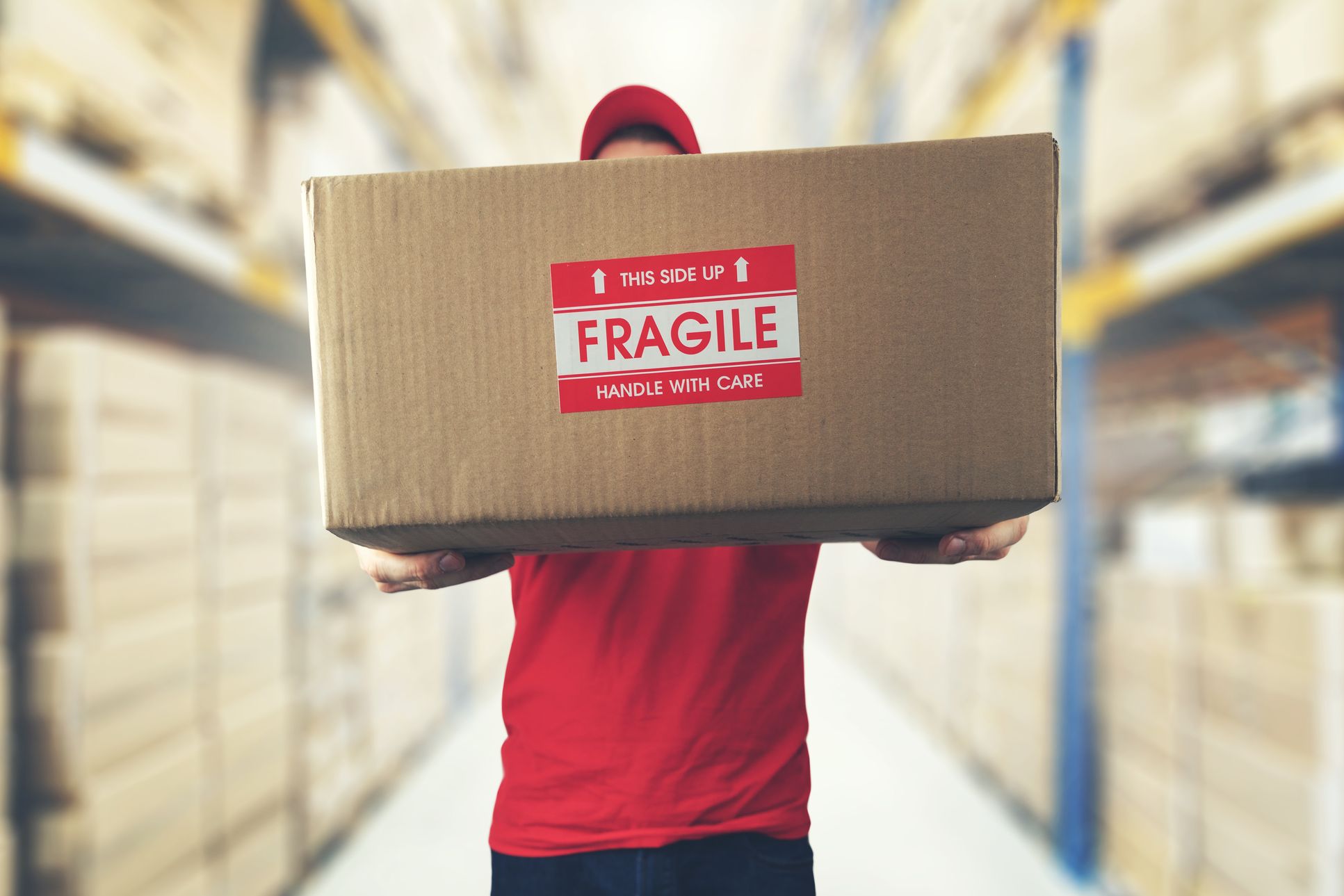
Tips for Using Packing Paper Effectively
Organizing the wrapping process is a must for a stress-free international move. Proper use of wrapping material can significantly reduce the risk of damage to belongings and streamline the entire relocation process. By following a few key tips and strategies, you can ensure that all items are well-protected and that the packing and unpacking process is as efficient and stress-free as possible. From avoiding overpacking to labeling boxes correctly, these tips will help you stay organized and make the move smoother.
Avoid Overpacking
Probably one of the best tips you can get while preparing for an international move is not to overpack. Overloaded boxes are prone to breaking and can crush the items inside. To avoid this common mistake, ensure each box is filled appropriately, without exceeding a manageable weight — typically under 50 pounds.
Use wrapping material to fill empty spaces and provide cushioning, ensuring items are snug but not compressed. By carefully distributing the weight and content of each box, you protect belongings and make handling easier for the relocation crew, ensuring a safer, smoother transit.
Label Boxes Properly
Properly labeling boxes is an essential step in organizing the international move. Clearly mark each box with its contents and the destination room in a new home, such as “Kitchen – Dishes” or “Living Room – Books.” This ensures easier unpacking and helps the overseas relocation company handle the items correctly.
Detailed labels can prevent confusion, reduce the risk of lost or misplaced items, and allow you to prioritize unpacking the most important belongings first. Investing a little extra time in labeling will make the transition smoother and more efficient.
Use Appropriate Paper for Different Items
Choosing the right type of wrapping material for each item is crucial to ensure maximum protection during the international move. For delicate glassware and fragile china packing, wrapping paper that is thicker is the best option. It provides excellent cushioning and prevents breakage.
Packing tissue paper is ideal for smaller, intricate items like jewelry, figurines, and electronics, offering a soft, pliable wrap that conforms to various shapes. By matching the appropriate wrapping material to each item, you can minimize the risk of damage and ensure that your belongings arrive in perfect condition.

Benefits of Using Professional Overseas Moving Company
It’s a well-known fact that relocating across the world is stressful enough, so having professionals by your side is always a good idea. Here are some of the benefits of hiring a team of reliable movers.
Professional international relocation companies offer professional packing services, ensuring that items are packed efficiently and securely. They use high-quality materials and techniques to protect belongings.
Hiring an overseas shipping company means you’ll be offered insurance options to protect belongings during transit. This provides peace of mind, knowing that you are covered in case of loss or damage.
Relocating across the world is time-consuming and stressful. By hiring a professional relocation company, you can focus on other important aspects of the move, such as settling into the new home and adjusting to the new environment.
Ensuring the Safety of Belongings With I Love International Moving
Effective use of wrapping material is crucial for ensuring the safety of belongings when relocating internationally. By understanding the different types, knowing where to buy packing paper for moving, and following best practices, you can make the overseas move as smooth as possible.
Remember, whether you’re moving overseas or shipping overseas, the right materials and techniques can make all the difference in protecting cherished items. However, keep in mind that with professionals by your side, the entire process will be stress-free. Contact I Love International Moving today and learn how our expert services can make your international move seamless and worry-free. Let us handle the logistics while you focus on starting the new adventure abroad.
